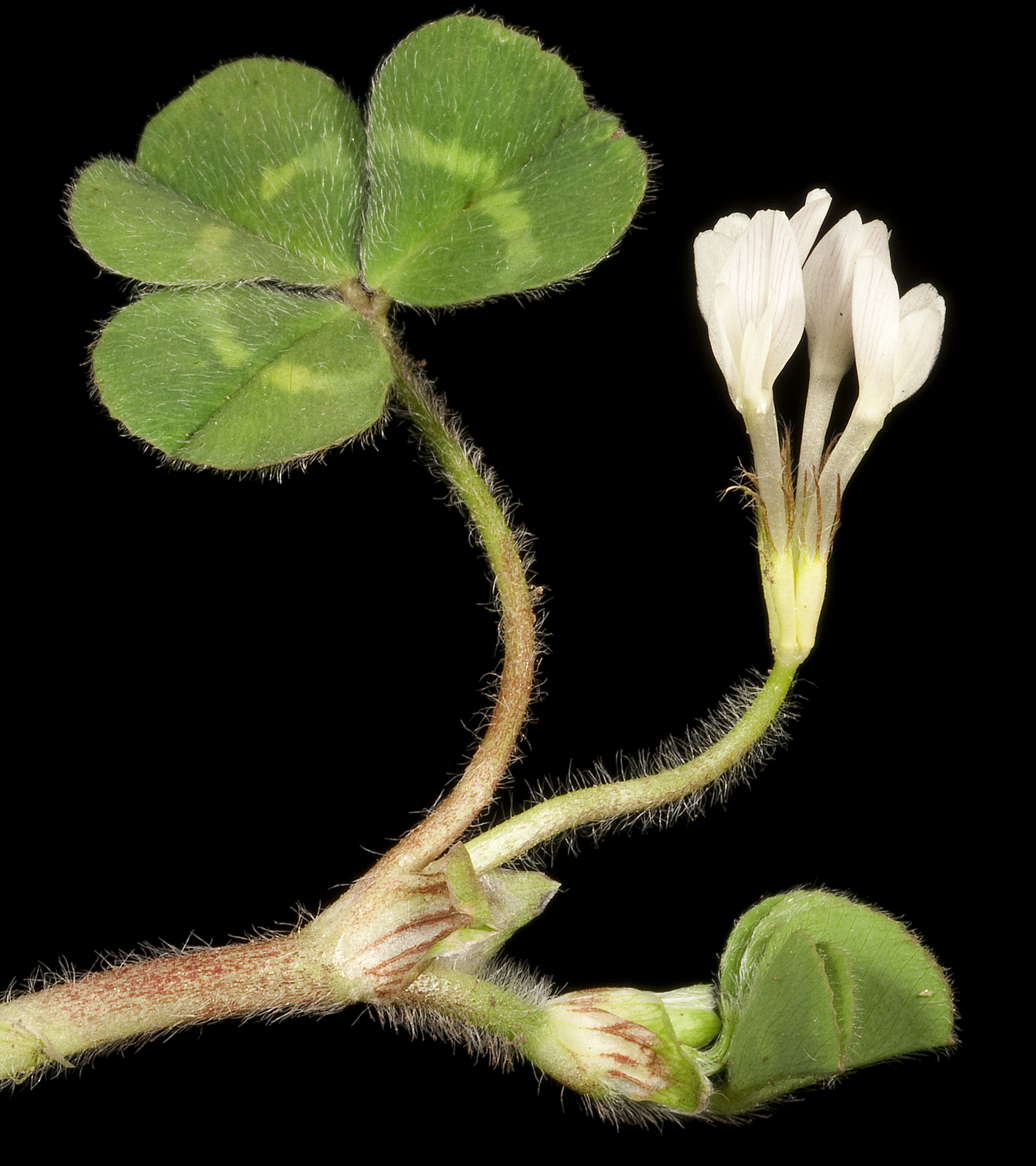Amos William Howard on:
[Wikipedia]
[Google]
[Amazon]
 Amos William Howard (31 May 1848 2 March 1930) pioneered the introduction of
Amos William Howard (31 May 1848 2 March 1930) pioneered the introduction of
 Amos William Howard (31 May 1848 2 March 1930) pioneered the introduction of
Amos William Howard (31 May 1848 2 March 1930) pioneered the introduction of subterranean clover
''Trifolium subterraneum'', the subterranean clover (often shortened to sub clover), subterranean trefoil, is a species of clover native to Europe, Southwest Asia, Northwest Africa and Macaronesia. The plant's name comes from its underground s ...
as a fodder plant in Australia.
Born in England on 31 May 1848, Amos William Howard was the son of gardener William and Ann (née Hester) Howard.
In 1871 he married Eliza Rowe. In 1876 they migrated with their three children to South Australia
South Australia (commonly abbreviated as SA) is a state in the southern central part of Australia. It covers some of the most arid parts of the country. With a total land area of , it is the fourth-largest of Australia's states and territories ...
on the ship ''Lightning'', which ran aground on the Troubridge Shoal shortly before reaching its destination. The ship was refloated without loss of life, luggage or cargo.
In 1880, while employed as a gardener by South Australian politician, George Fowler, he wrote an essay for the Agricultural Society committee on how to pack fruit, such as grapes, plums and apples for export to England.
Howard later established a nursery at Mount Barker in the Adelaide Hills where, in about 1889 that he noticed subterranean clover
''Trifolium subterraneum'', the subterranean clover (often shortened to sub clover), subterranean trefoil, is a species of clover native to Europe, Southwest Asia, Northwest Africa and Macaronesia. The plant's name comes from its underground s ...
growing near a neighbouring property where he supposedly had gone to buy a cow. He later found it on his property and recognised its potential as a fodder plant. From that point on, he set himself to collect, select, promote and sell the seed, with his first recorded sale consisting of 13 lb. of "clean seed" on 18 January 1906.
An article first appearing in the ''Adelaide Chronicle'' of 10 February 1906 included the following:In the Mount Barker district we have a weed which I believe will go far to solve the problem of introducing nitrogen into the soil. This plant is an annual, one of the trefoil family. It first made its appearance in a grass paddock at Blakiston some 12 or more years ago, and now it may be seen in most of the grazing paddocks in the district. Although it may be well known to some botanists, the nearest approach to a name for it that I have been able to get is Trifolium subterraneum. Whatever its botanical name may be it is here called clover. It is an annual, easily grown and easily destroyed. Its roots are Iaden with the nitrogen-producing nodules to a greater degree than any other plant of this family. It is eaten ravenously by stock both in the green and the dry state, cattle eating the dry branches after the seed is ripe quickly spread it wherever they go. The seed is sown naturally on the surface, and appears to require no covering, as soon after the early autumn rains we find the plants established and racing away from all other herbage. The seed will grow if scattered amongst grass or scrub without further attention. Where it grows heavily it is cut for hay, and is equal to lucern or clover for fattening purposes either for sheep or cattle. One of its most valuable characteristics is that it will grow and reproduce itself in any soil and situation without human aid. Although valuable as a fodder plant where little else will grow, it can never be recommended for a crop, as its stems grow close to the ground and cannot well be harvested; but its value as a nitrogen-gathering plant cannot be over-estimated. At the same time when it is growing amongst grass a large quantity can be harvested, as may be seen in the grass stacks in the district.'The article was reproduced widely around Australia at the time and Howard's contribution to improved pastures was still being recognised in articles in newspapers much later. The work he was doing was of such importance to agriculture, that in 1928, the director of the
Rothamsted research station
Rothamsted Research, previously known as the Rothamsted Experimental Station and then the Institute of Arable Crops Research, is one of the oldest agricultural research institutions in the world, having been founded in 1843. It is located at Har ...
, Sir John Russell, together with the South Australian deputy director of agriculture, Mr W. J. Spafford, visited him at his farm in Blakiston.
Honours and legacy
Two cultivars of subterranean clover have been named in his honour: "Howard" and "Mt Barker". A memorial to him on the Mount Barker Road was erected by theAustralian Institute of Agricultural Science
Australian(s) may refer to:
Australia
* Australia, a country
* Australians, citizens of the Commonwealth of Australia
** European Australians
** Anglo-Celtic Australians, Australians descended principally from British colonists
** Aboriginal Au ...
in 1963.
The A W Howard Memorial Trust Inc was established in 1964 in his name. It has awarded travel grants, research fellowships and study awards for pasture research annually to scientists and pastoralists.
Further reading
*References
{{DEFAULTSORT:Howard, Amos William 1848 births 1930 deaths Australian farmers Australian agronomists People from Hertfordshire English emigrants to colonial Australia Australian horticulturists